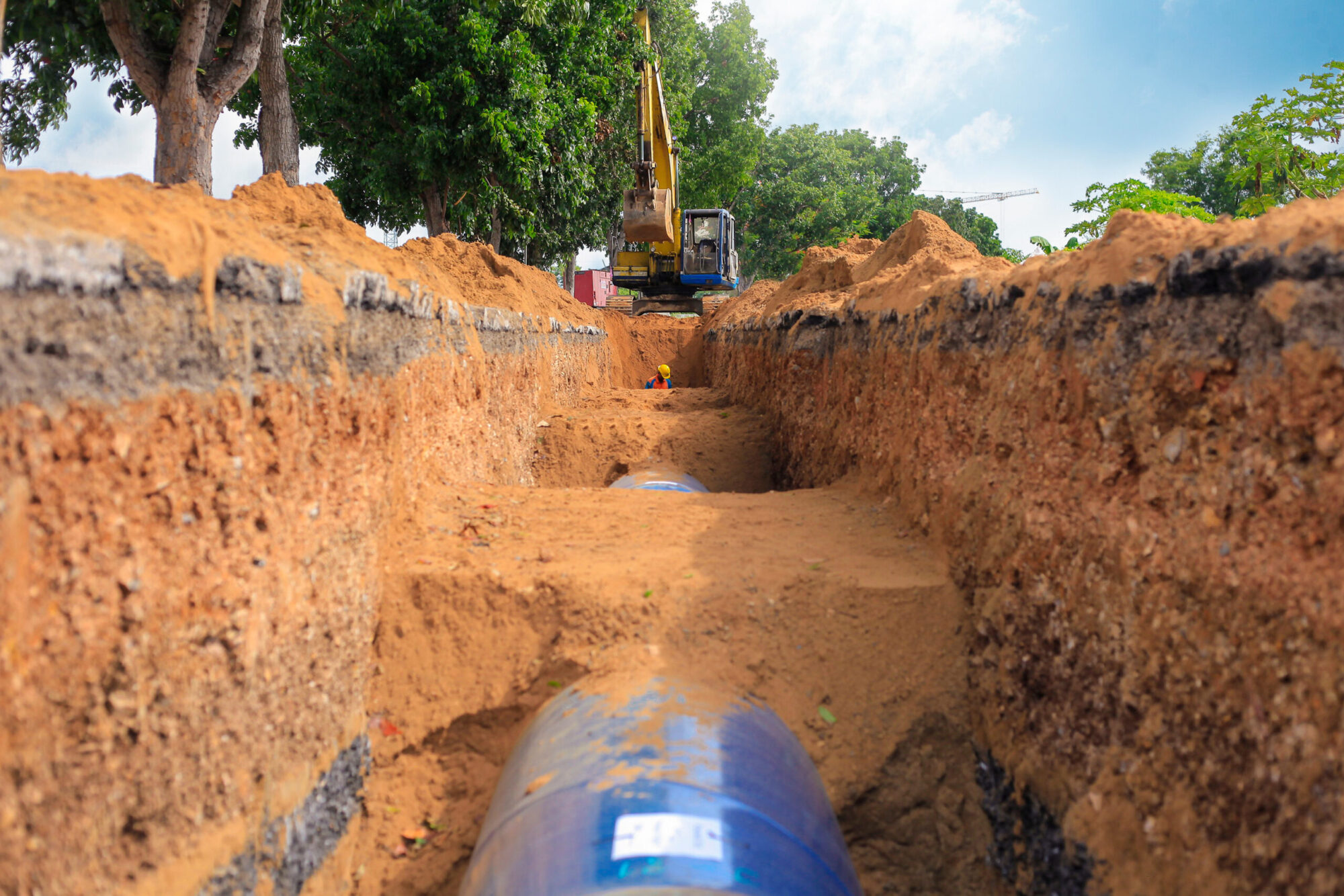Pipe Spring LLC is pleased to announce the completion of our "Reliable Engineering Data and Analysis" packet. This package is available for download on our website for potential customers and friends of Pipe Spring LLC. The document is password protected under our testing page. If you would like to access the full scope of testing information please contact [email protected]. This document contains everything your organization needs for regulatory review of our products.
Executive Summary
49 CFR 192.713 contains a requirement that a pipeline defect be: “Repaired by a method that reliable engineering tests and analyses show can permanently restore the serviceability of the pipe.”
Pipe Spring LLC has developed a new product and new technology, we have followed the industry precedents for engineering critical assessments and design as well as addressed the testing and analysis requirements. Common repair methods have included full encirclement welded steel sleeves (type “A” and type “B”), and two basic forms of composite repairs, pre-cured laminated sleeves, and wet applied resin and fiber wraps. In addition, various methods have been utilized in an attempt to quickly share stress or place the pipe surface in compression to address strain dependent concerns.
Pipe Spring™ has been designed after a review of the mitigation principles with a goal of maximizing pipeline operator performance for a wide range of stress and strain dependent concerns. The technical goals of this effort were:
- Improve axial performance
- Mitigate strain dependent concerns via elimination of response lags
- Provide non-degrading strength sufficient for all application
- Provide useful effective modulus of elasticity matched to pipe steel
- Eliminate or minimize cyclical concerns of welds or composites
- Provide a reinforcement that mitigates potential future third party damage to the reinforcement.
The compendium serves as documentation of the reliable engineering test and analysis. The document contains sections containing:
- Engineering Critical Assessments (ECA)
- These follow the traditional industry precedents and have been updated where regulation has changed in recognition of industry efforts and improved analysis over the decades. The results provide operators with flexibility to incorporate various assessment methods for defects within the repair assessment. These assessments cover the traditional stress-based metal loss defects as well as strain dependent concerns. Site specific or bespoke ECA’s which incorporate steel toughness or pipe fatigue issues may be required for some strain dependent concerns.
- Component Testing
- Full Scale Burst Testing
- An Appendix of Additional Internal Evaluations
Conclusions:
The Pipe Spring™ system succeeded in restoring the damaged pipe past its theoretical failure pressure. The use of a steel laminated coil eliminates the degradation of material property concerns associated with composites. The compressive strength of the filler exceeds the industry standards. The creep and cyclical testing for the adhesive indicate that the system is ideal for strain dependent and cyclical concerns. The design of the system without welding eliminates hot work permits and safety concerns, as well as cracking and fatigue issues associated with welds. The response of the system demonstrated at only 50 micro-strain in unrepaired based pipe and the modulus of elasticity provide the basis for analysis of fracture and fatigue issues. Cyclical testing was stopped with no failure after 10 million cycles at 50% of ultimate lap shear strength of the adhesive.
The required engineering tests and analysis have been conducted. The results indicate performance metrics superior to other repair or mitigation methods and results in enhanced pipeline integrity. The system provides pipeline operators with lower procurement costs, superior performance, and lower long term total costs.
